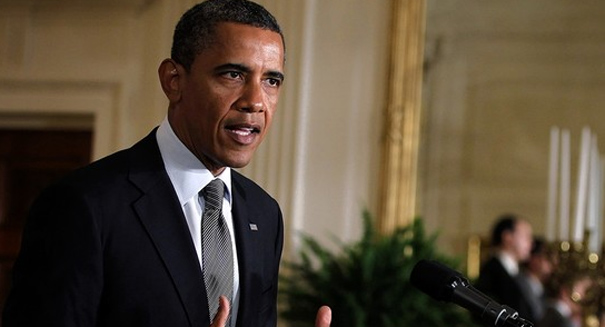
Premiums decline under Obamacare.
The Patient Protection and Affordable Care Act (PPACA), better known as “Obamacare,” was enacted in 2010. The law was intended to extend coverage to the tens of millions of uninsured Americans, while also introducing lower costs and better quality care. Provisions of the law put additional tax burdens on the biotechnology, pharmaceutical, and insurance industries, extended public programs, and mandated participation by individuals and coverage by employers.
The law has faced numerous criticisms, vocal opponents, and questions about its feasibility. One of the key questions is whether or not the health reforms will even be able to reach the finish line, or will major provisions continue to be delayed. The White House has delayed the mandate for employers to provide coverage if they have at least 50 full-time or the equivalent of 50 full-time employees. The House also voted to delay the individual mandate, which imposes a penalty on individuals that do not purchase coverage or get it from their employers.
Another key concern or question about the health reform has been its ability to actually keep costs down. Specifically, some critics have noted that there might be “rate shock” over the cost of premiums in the first year. For some, the premiums will increase and, for others, the premiums will be lower. The average premium is lower because they’re bringing a younger, healthier population into the risk pool to balance out with those that are older and sicker, meaning they are more expensive to cover.
A recent report by the Office of the Assistant Secretary for Planning and Evaluation (ASPE), within the Department of Health and Human Services (HHS), examined proposed or expected rates for the individual and small group markets in 2014. The report compares these rates to those predicted by the Congressional Budget Office (CBO) and historical rates. When considering expected rates, proposed rates are nearly 20 percent lower. The lowest cost plan could be as little as $34 per month for individuals making 150% of the poverty line or $174 per month if they do not qualify for tax credits.
The ASPE report looked at 11 states in total and only one (Vermont) showed rates that were higher than CBO originally predicted. About 60 percent of the desirable young buyers (aged 18 to 34), most of whom are less expensive to cover, will be eligible for some sort of subsidy or public program. Other key benefits of PPACA include improved focus on preventative services, no annual limits on care, and guaranteed access and renewal of coverage, regardless of health status.
[…] Health insurance premiums lower than expected under Obamacare – Another key concern or question about the health reform has been its ability to actually keep costs down. Specifically, some critics have noted that there might be “rate shock” over the cost of premiums … lower. The lowest cost plan could be … […]